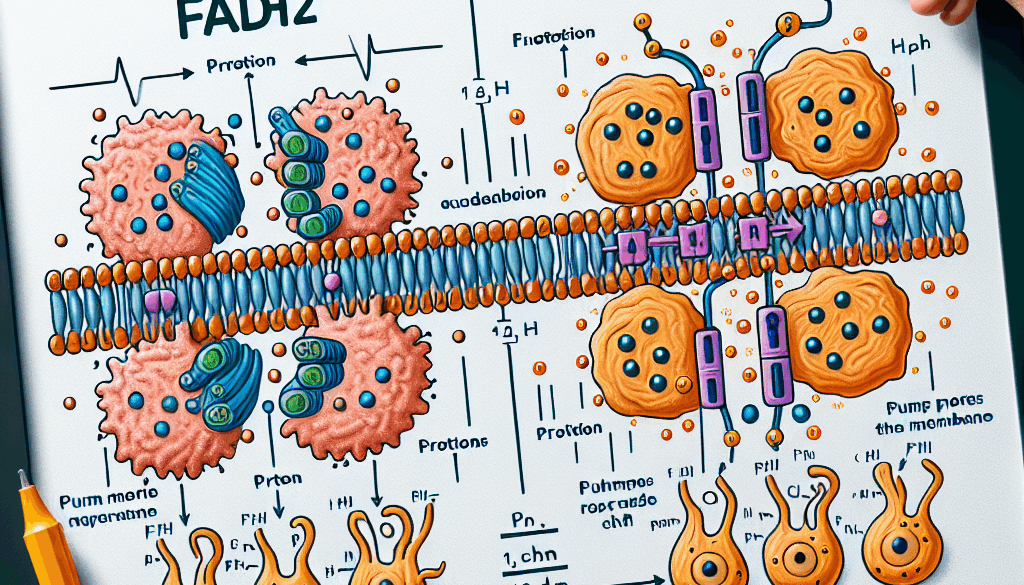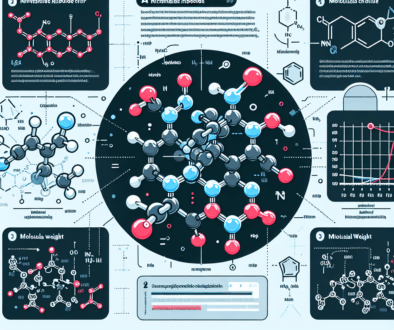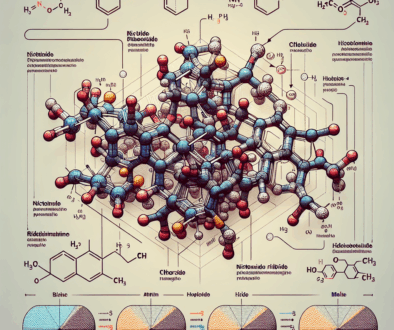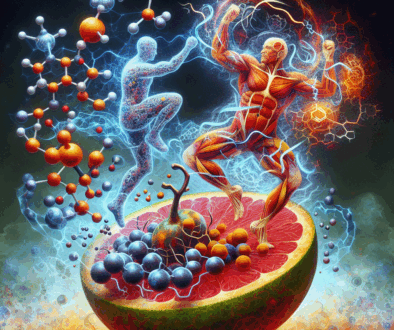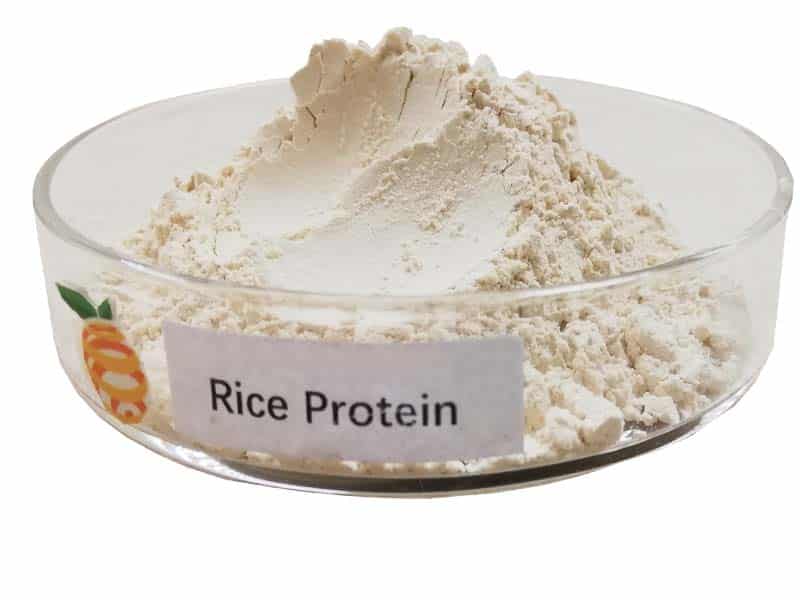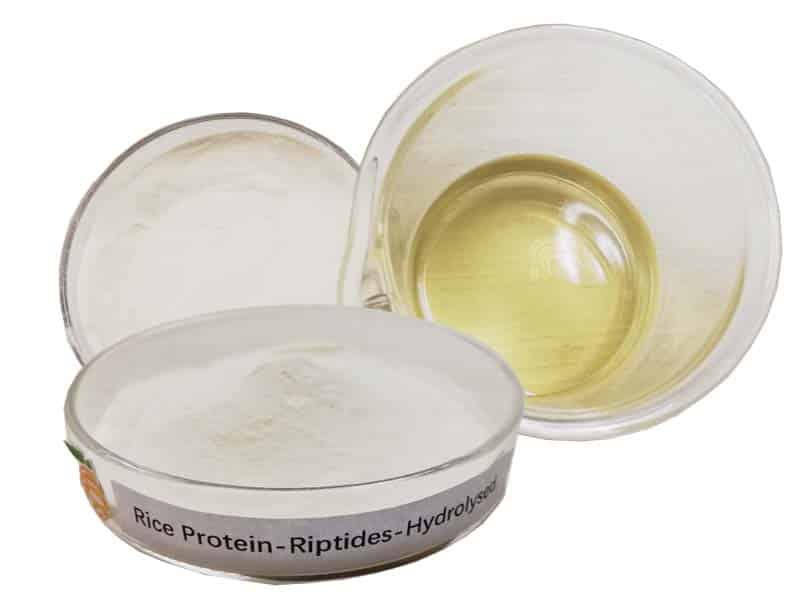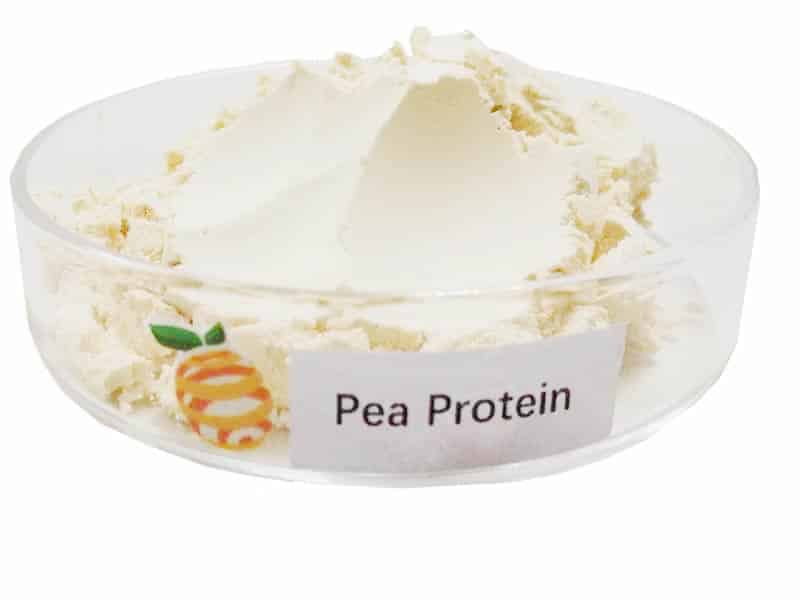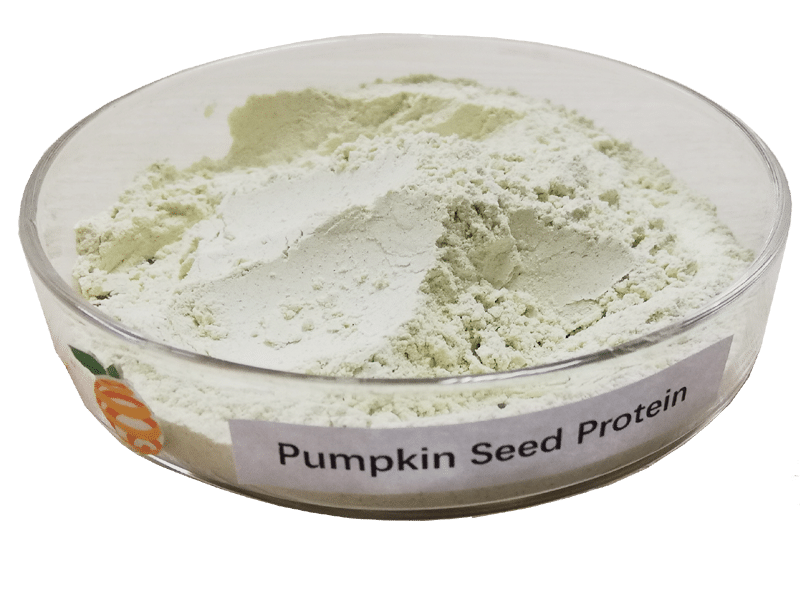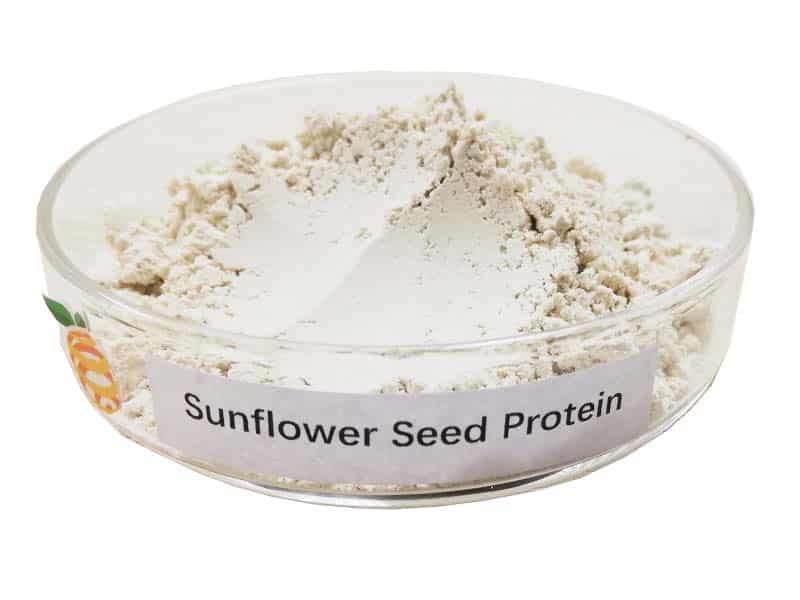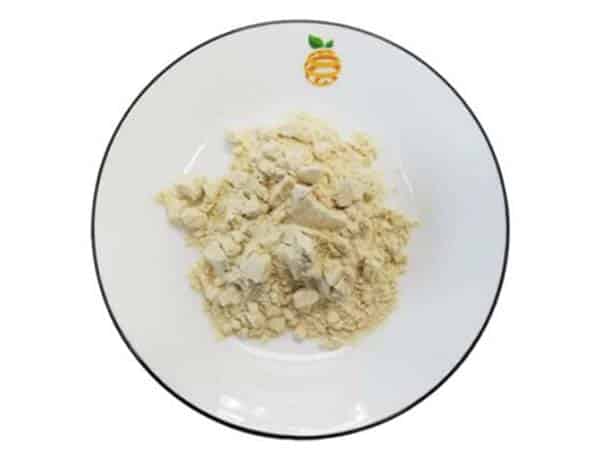Relative to FADH2, NADH Pumps More Protons
-
Table of Contents
- NADH Pumps More Protons Relative to FADH2: A Deep Dive into Cellular Respiration
- Understanding Electron Transport Chain
- Proton Pumping: NADH vs. FADH2
- ATP Yield: The Impact of Proton Pumping Efficiency
- Biological Significance and Implications
- Conclusion: Key Takeaways on Proton Pumping by NADH and FADH2
- Explore ETprotein’s High-Quality Protein Products
NADH Pumps More Protons Relative to FADH2: A Deep Dive into Cellular Respiration
In the intricate process of cellular respiration, the roles of NADH (Nicotinamide adenine dinucleotide) and FADH2 (Flavin adenine dinucleotide) are crucial. These two molecules act as electron carriers, but they differ significantly in their efficiency and the amount of energy they produce during ATP synthesis. This article explores why NADH pumps more protons than FADH2, highlighting the implications of this difference in the cellular energy production pathway.
Understanding Electron Transport Chain
The electron transport chain (ETC) is a series of protein complexes and other molecules embedded in the inner mitochondrial membrane. Both NADH and FADH2 donate electrons to the ETC, but they enter at different points, which significantly impacts their energy yield.
- NADH: Donates electrons to Complex I of the ETC.
- FADH2: Donates electrons to Complex II, which is downstream of Complex I.
This difference in the point of entry is pivotal in determining the number of protons each molecule can pump across the mitochondrial membrane, a process essential for ATP synthesis.
Proton Pumping: NADH vs. FADH2
Proton pumping is a critical function of the ETC, driving the synthesis of ATP through a process known as oxidative phosphorylation. Here’s how NADH and FADH2 compare in their proton pumping capabilities:
- NADH: Enters the ETC at Complex I, which pumps about four protons out of the mitochondrial matrix.
- FADH2: Enters at Complex II, which does not pump protons.
Electrons from NADH travel from Complex I to Complex III and then to Complex IV, each of which contributes to the proton gradient by pumping more protons across the membrane. In contrast, electrons from FADH2 bypass Complex I and enter the chain at Complex II, resulting in fewer protons being pumped.
ATP Yield: The Impact of Proton Pumping Efficiency
The ultimate goal of electron transport and proton pumping is to generate ATP, the energy currency of the cell. The difference in proton pumping between NADH and FADH2 directly translates into different ATP yields:
- NADH: Generates approximately 2.5 ATP molecules.
- FADH2: Generates about 1.5 ATP molecules.
This discrepancy is primarily due to the different numbers of protons pumped by the electron transport from NADH and FADH2. More protons pumped result in a greater proton motive force, driving more ATP synthesis via ATP synthase.
Biological Significance and Implications
The differential roles of NADH and FADH2 in cellular respiration have significant biological implications. For instance, during intense physical activity, the body’s demand for ATP increases, and the efficiency of ATP production becomes crucial. Here, the role of NADH as a more potent proton pumper highlights its importance in meeting high energy demands efficiently.
Conclusion: Key Takeaways on Proton Pumping by NADH and FADH2
The comparison between NADH and FADH2 in terms of proton pumping and ATP production is more than just a biochemical curiosity—it has real implications for how cells meet their energy needs under different physiological conditions. Understanding these differences helps in appreciating the finely tuned orchestration of cellular metabolism and energy production. Key takeaways include:
- NADH pumps more protons than FADH2, contributing to its higher ATP yield.
- The entry point of these electron carriers into the ETC is crucial in determining their energy output.
- This efficiency is vital for meeting the energy demands of different cellular processes.
Explore ETprotein’s High-Quality Protein Products
If you are looking for premium protein products that support health and wellness, consider ETprotein. They offer a wide range of high-quality, organic protein powders perfect for various applications, from sports nutrition to health supplements. Their products are designed to meet the highest standards of quality and efficacy.
ETprotein is NADH Factory Manufacturer and Supplier in China, Check further information by visiting the NADH Product Page
Request Quotation and Samples of NADH from ETprotein
About ETprotein
ETprotein, a reputable protein and elite nutrition ingredients NADH Chinese factory manufacturer and supplier, is renowned for producing, stocking, exporting, and delivering the highest quality organic bulk vegan proteins and elite nutritional ingredients NADH. They include Organic rice protein, clear rice protein, pea protein, clear pea protein, watermelon seed protein, pumpkin seed protein, sunflower seed protein, mung bean protein, peanut protein. Their offerings, characterized by a neutral taste, non-GMO, allergen-free attributes, cater to a diverse range of industries. They serve nutraceutical, pharmaceutical, cosmeceutical, veterinary, as well as food and beverage finished product distributors, traders, and manufacturers across Europe, USA, Canada, Australia, Thailand, Japan, Korea, Brazil, and Chile, among others.
ETprotein specialization includes exporting and delivering tailor-made protein powder and finished nutritional supplements. Their extensive product range covers sectors like Food and Beverage, Sports Nutrition, Weight Management, Dietary Supplements, Health and Wellness Products, and Infant Formula, ensuring comprehensive solutions to meet all your protein needs.
As a trusted company by leading global food and beverage brands and Fortune 500 companies, ETprotein reinforces China’s reputation in the global arena. For more information or to sample their products, please contact them and email sales(at)ETprotein.com today.

